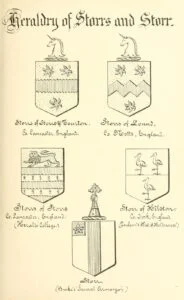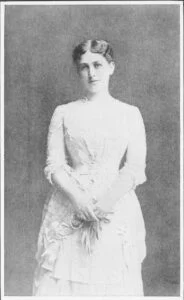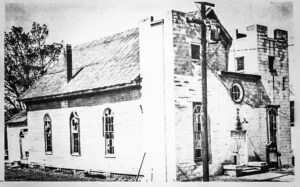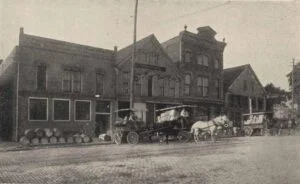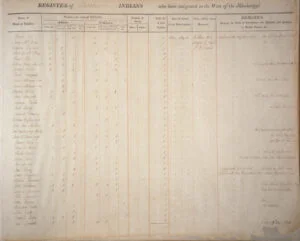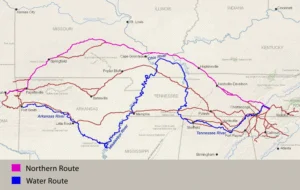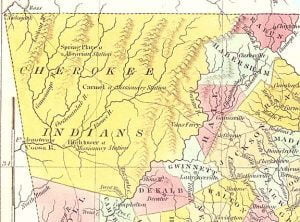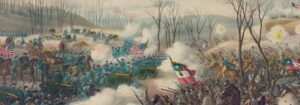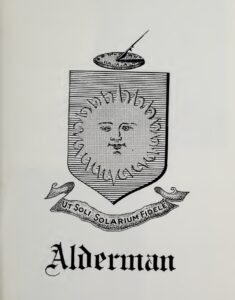The Storrs Family
Charles Storrs of Brooklyn, New York, dedicated over 20 years to compiling “The Storrs Family: Genealogical and Other Memoranda,” which traces his family lineage from the immigrant ancestor Samuel Storrs in Connecticut. Although it includes some limitations regarding early history and distant branches, the 1886 publication remains a valuable resource for descendants and researchers interested in the Storrs family. Organized by generations, it serves as a guide for validating genealogical information rather than absolute proof.

